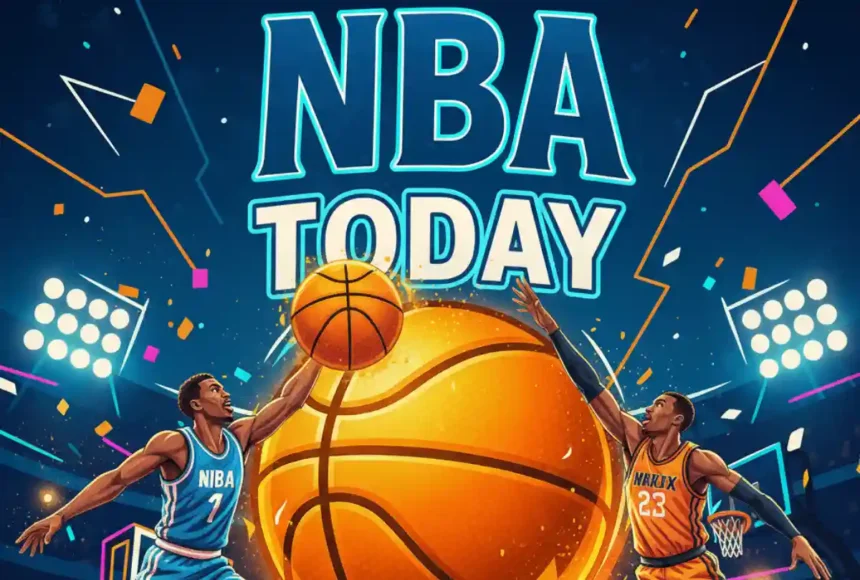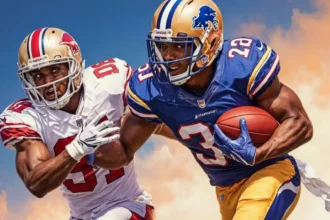Within the realm of sports activities advertising, few occasions have had as profound an impression as LeBron James’s “Determination.” On July 8, 2010, the NBA celebrity introduced his transfer from the Cleveland Cavaliers to the Miami Warmth throughout a televised particular that captivated thousands and thousands. As James unveils a brand new advertising technique this 12 months, the legacy of that second continues to affect how athletes model themselves. This text explores the ramifications of ‘The Determination,’ the evolution of James’s model, and the moral concerns surrounding athlete advertising.
The Impression of ‘The Determination’
LeBron James’s televised announcement, hosted by Jim Grey, was greater than only a profession transfer; it was a watershed second for sports activities advertising. The occasion generated over $3 million for the Boys & Ladies Golf equipment of America, showcasing how sports activities figures might harness their affect for philanthropy. Nonetheless, it additionally incited fierce backlash, significantly from followers in Cleveland, who felt betrayed by their star participant.
Within the years following the announcement, James has mirrored on the importance of that night time. In a candid 2016 interview with ESPN, he acknowledged, “I feel it was the best determination for me on the time,” acknowledging the anger it incited however standing agency in his selection. The occasion not solely altered his profession trajectory but additionally marked a turning level in how athletes interact with their fanbase.
Repercussions and Reflections
The furor surrounding ‘The Determination’ left a long-lasting mark on LeBron James’s public picture. Regardless of the preliminary outrage, he has managed to reshape his narrative over time. His return to Cleveland in 2014 was not only a redemption arc; it was a strategic advertising transfer geared toward reconnecting with followers and restoring his picture. By main the Cavaliers to an NBA Championship in 2016, James not solely reclaimed his legacy but additionally demonstrated the facility of narrative in sports activities.
The idea of non-public branding has advanced considerably since 2010. In response to a 2023 report by the Sports activities Advertising Affiliation, engagement in athlete-created content material has surged by 50%. This shift displays a rising curiosity amongst followers within the private lives and tales of athletes somewhat than simply their efficiency on the court docket.
A New Period of Advertising
LeBron James has adeptly navigated this new panorama, transitioning from a basketball participant to a multifaceted international icon. His ventures, together with the media firm SpringHill Leisure and possession stake within the Fenway Sports activities Group, spotlight his potential to create a model that extends properly past sports activities.
In 2021, James launched a documentary collection titled “Shut Up and Dribble,” which delves into the intersection of sports activities and social activism. This transfer not solely showcases his dedication to philanthropy and social points but additionally reinforces his model as one which champions authenticity and social duty. A current survey by the Harris Ballot signifies that 85% of respondents view James positively, a testomony to his profitable model administration.
The Energy of Private Branding
The evolution of LeBron’s model illustrates the importance of non-public storytelling in trendy advertising. Athletes immediately are anticipated to have interaction with their audiences on a deeper degree. James’s potential to attach with followers by means of numerous mediums—social media, documentaries, podcasts—demonstrates his understanding of the modern advertising panorama.
Nonetheless, this evolution raises questions concerning the moral implications of non-public branding in sports activities. As athletes develop into extra commercially savvy, the road between authenticity and opportunism can typically blur. Sean McCarthy, a sports activities advertising skilled, notes, “There’s a superb line between private branding and opportunism. Athletes should tread rigorously to take care of their integrity whereas pursuing enterprise ventures.”
The Moral Concerns
Whereas LeBron James has efficiently constructed a formidable model, critics argue that some facets of his advertising methods might come throughout as exploitative. Leveraging private experiences, significantly people who evoke sturdy emotional responses from followers, for monetary acquire might be contentious. Followers are more and more discerning, anticipating authenticity and sincerity within the narratives introduced by their favourite athletes.
The rise of social media has amplified these issues. Athletes now have platforms to share their private tales, however in addition they face scrutiny about how they select to market themselves. James’s newest ventures, together with his podcast collection and documentary initiatives, could possibly be seen as an try to capitalize on nostalgia and emotional connections, elevating moral questions concerning the commodification of non-public narratives.
The Way forward for Athlete Branding
As LeBron James continues to evolve within the public eye, the way forward for athlete branding stays an interesting space of exploration. The digital age has empowered athletes to attach immediately with their audiences, nevertheless it additionally carries the duty to take care of a real presence. Because the panorama of sports activities advertising adjustments, will probably be intriguing to look at how rising athletes navigate these complexities.
James’s journey serves as a blueprint for future athletes looking for to determine their manufacturers. The important thing will likely be discovering a steadiness between private storytelling and authenticity, guaranteeing that their advertising efforts resonate with followers with out veering into the territory of exploitation.







